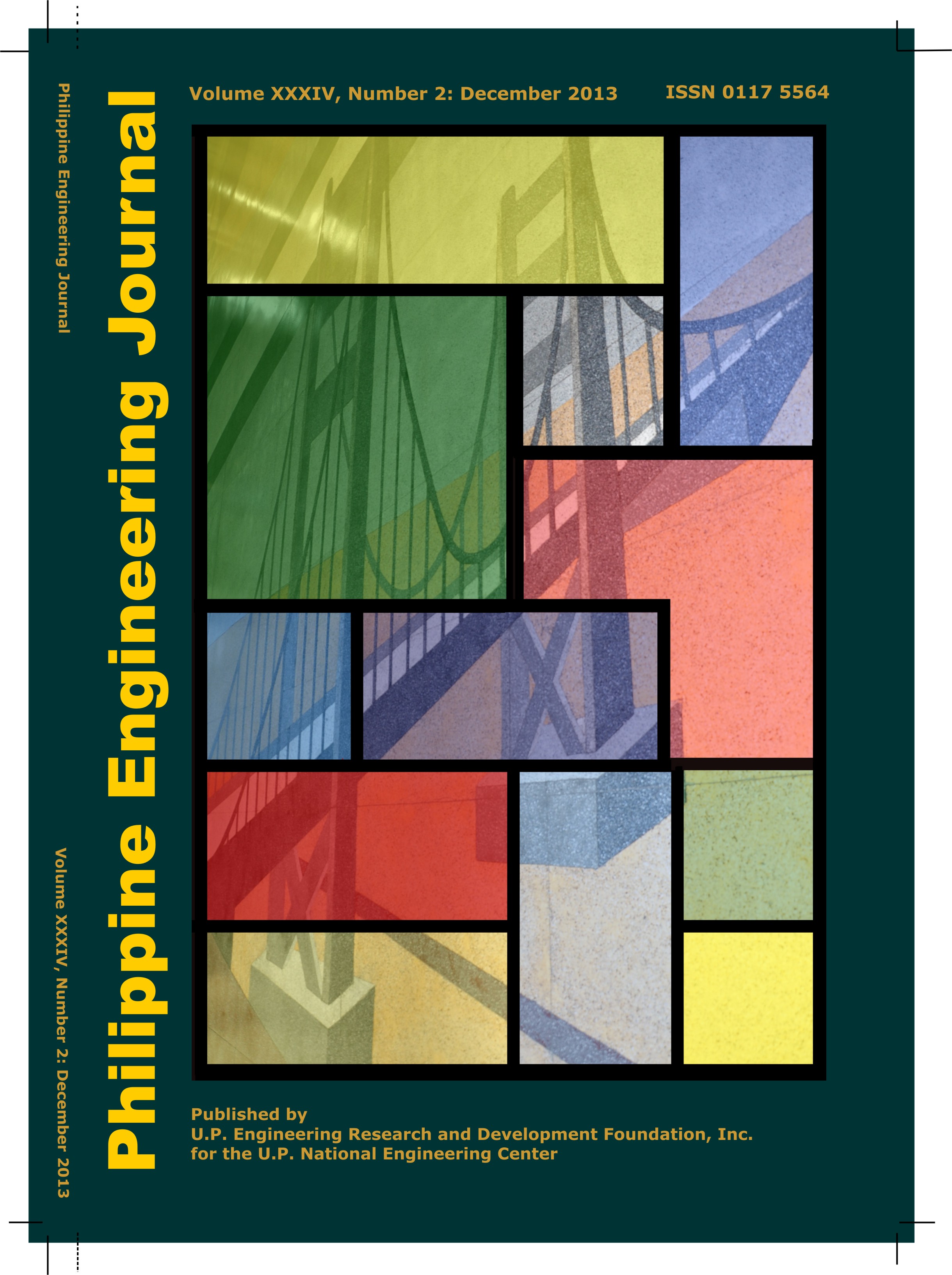Products and Processes Involving Coconut: Practical Examples for a Course in Mass and Energy Balance Calculations
Abstract
Calculations involving mass and energy balances are normally taken up in the first course in chemical engineering. However, its significance as a basic skill in many aspects of the chemical engineering domain is usually underrated. Environmental concerns, sustainability, and resource conservation are currently being incorporated in design and engineering work. Example problems that illustrate such principles should be included in the first course in chemical engineering. Of all the plants grown for commercial exploitation, the coconut has the most number of uses. Known as the tree of life, the coconut can also be a symbol of sustainability. It provides food, shelter, energy, and other diverse uses. The products and processes involving coconut are so numerous and diverse, that a book about these processes will amply illustrate the elementary principles in mass and energy balance calculations for beginning chemical engineering students. Processes involving coconut can thus demonstrate the principles in mass balance without chemical reactions, mass balance with chemical reactions, heat and energy balance. This paper presents the basis of selecting coconut products and processes as practical examples for a first course in mass and energy balance calculations. Example problems related to coconut processes are included.
Keywords: Coconut, products, processes , mass and energy balance, calculations


